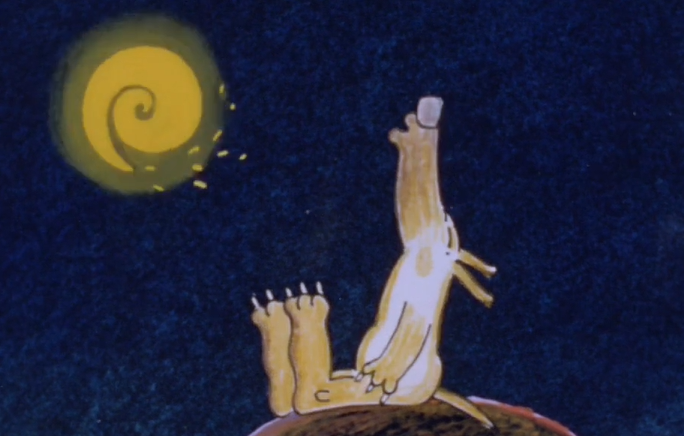Analysing with the 3Cs and 3Ss
Analysing with the 3Cs and 3Ss
Film literacy activities can allow poor readers of printed texts opportunities to access high quality and demanding texts and to use higher order skills, such as character or setting analysis.
As with all art and forms of communication, film has its own rules and language used to describe and discuss its form, content and concepts. These concepts are not hard to grasp and can enhance your and your pupils’ understanding and enjoyment of moving image media.
The language and grammar of film can be summarised by focusing on the main elements that work together to make a film work. These are known as the 3Cs and 3Ss.
3Cs and 3Ss
- Character
- Colour
- Camera
- Story
- Setting
- Sound
Character, Story and Setting can be applied to any text or media.
Camera, Colour and Sound are unique to screen texts and media.
You can use these six elements to start to explore and 'interrogate’ a film text in detail. You will find that talking about any film by focusing on these elements yields plenty of information and ideas for discussion and further language-based work around the film.
Outlined in The Cs and Ss worksheet are a brief definition of each element of the 3Cs and 3Ss, followed by questions that can focus children's attention and lead to further talk and writing activity.
The 3Cs and 3Ss can be approached as a class or group activity before engaging in other activities based on the film. The film should be viewed a number of times, focusing children's attention on a different aspect of the film each time. Children enjoy searching for clues in a film.
You will find that:
- Using the feedback from focusing on all of these elements can provide a detailed reading of any text;
- Concentrating on just one element of a film gives a clear focus and frames children's viewing;
- Watching a film in such a way introduces the skills necessary for close viewing at any level, and prepares children for more critical viewing later on;
- As children become more skilled at identifying the way each element works in the construction of the film, they will respond more quickly and independently.
